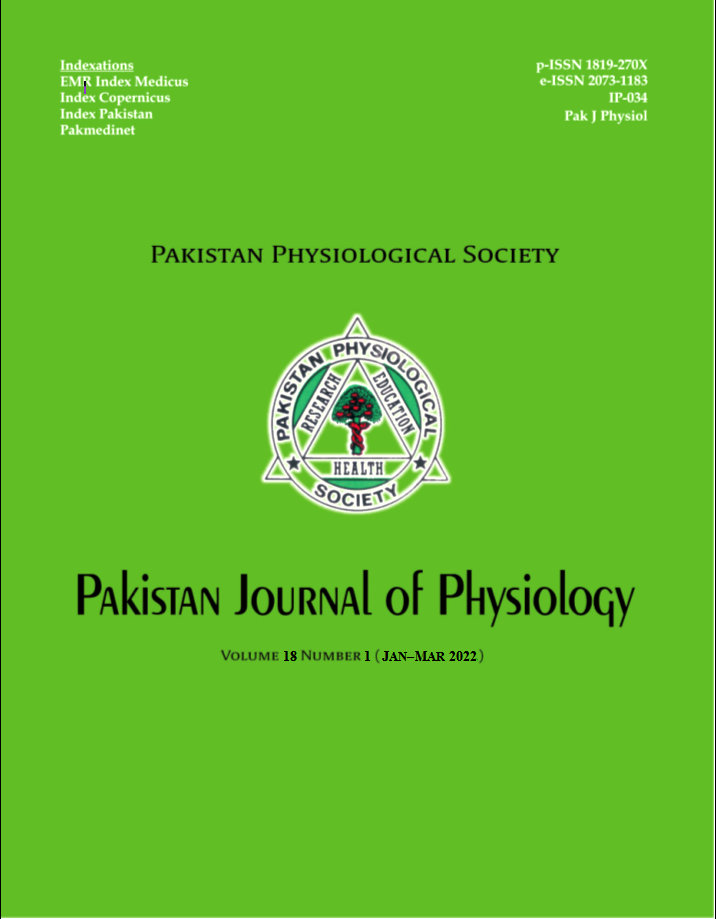COMPARISON OF T WAVE ALTERNANS IN PATIENTS WITH ISCHEMIC AND NON-ISCHEMIC CARDIOMYOPATHY
DOI:
https://doi.org/10.69656/pjp.v18i1.1246Keywords:
T wave alternans, Ischemic cardiomyopathy, Non-ischemic cardiomyopathy, CardiomyopathyAbstract
Background: Early detection of T-wave alternans in patients with cardiomyopathy can help in risk stratification of ventricular arrhythmias leading to sudden cardiac death. The present study was designed to compare T-wave alternans in patients with ischemic and non-ischemic cardiomyopathy. Methods: This cross-sectional comparative study was carried out at Department of Cardiac Electrophysiology, Armed Forces Institute of Cardiology, Rawalpindi during 2019. Thirty patients with ischemic cardiomyopathy along with equal number of non-ischemic cardiomyopathy of matched age and gender were recruited through non-probability purposive sampling. Patients with diabetes mellitus, cerebrovascular accident, heart failure, bundle branch block, systemic arterial hypertension and ongoing anti-arrhythmic therapy were excluded from the study. DMS 300-4L Holters were used to obtain ambulatory ECG recordings. Cardio Scan Premier 12 Lux software was used for analysis of T-wave alternans. Results: A total of 60 subjects were studied. The mean value of T-wave alternans was 52.73±30.76 µV and 57.47±36.54 µV for patients with ischemic and non-ischemic cardiomyopathy respectively. The difference between mean values was statistically insignificant (p=0.59). T-wave alternans was present in 8 (26.7%) patients with ischemic cardiomyopathy, while 5 (16.7%) patients with non-ischemic cardiomyopathy showed positive T-wave alternans and the difference was statistically insignificant (p=0.35). Conclusion: The mean value of T-wave alternans and frequency of patients with positive T-wave alternans is not significantly different in ischemic and non-ischemic cardiomyopathy.
Pak J Physiol 2022;18(1):9?12
Downloads
Downloads
Published
How to Cite
Issue
Section
License
The author(s) retain the copyrights and allow their publication in Pakistan Journal of Physiology, Pak J Physiol, PJP to be FREE for research and academic purposes. It can be downloaded and stored, printed, presented, projected, cited and quoted with full reference of, and acknowledgement to the author(s) and the PJP. The contents are published with an international CC-BY-ND-4.0 License.












